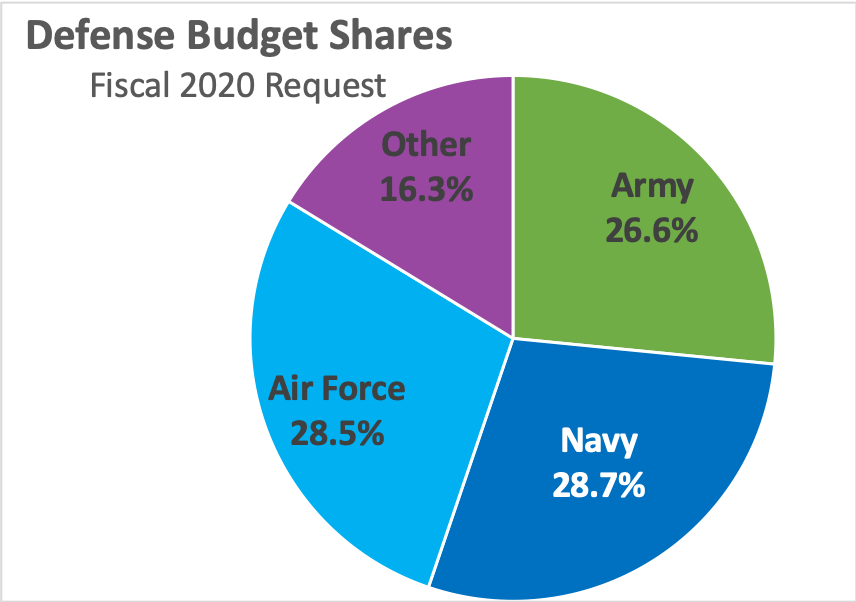April 14, 2020 | International, Land
Pandemic not slowing Army plans to field enduring indirect fires protection capability
By: Jen Judson WASHINGTON — The COVID-19 pandemic is not slowing down the Army's plans to field an enduring indirect fires protection capability, according to Lt. Col. Juan Santiago, the service's program development manager for the effort. The Army has had to take a few steps back over recent years to reconsider its ways forward to develop an enduring capability to defend against rockets, artillery and mortars as well as cruise missiles and unmanned aircraft systems. As the service re-examined its path, Congress mandated that it buy an interim capability aimed directly at protecting the force from a growing cruise missile threat, but the Army has stressed that the system it will use — Rafael's Iron Dome — won't cover all the bases needed for a lasting capability. Earlier this year, the Army sent a report to Congress outlining its plans to get after the enduring capability, partly by hosting a shoot-off with vendors that bring launcher and interceptor capabilities next year. The Army issued a request for information to industry at the beginning of March with plans to conduct an industry day. But with the COVID-19 pandemic raging in the United States and limiting travel and social contact, the IFPC program office had to get creative in order to keep the program moving forward. The office was able to host one-on-one meetings with interested vendors as part of an industry day this month and is planning to answer industry questions, which have been submitted virtually, Santiago told Defense News in an April 9 interview. To stay on track with the program, the office couldn't afford to delay industry engagements in order to keep the ball moving, Santiago explained. The next big step for industry is to submit white papers to the Army toward the end of April, Santiago said. The Army will review the papers over the course of a month and will notify industry by the end of May whether or not they will be invited to proceed into an agreement with the service to move forward, he said. Those selected will move into a modeling and simulation phase that will also include some hardware-in-the-loop activities where capabilities are demonstrated in a simulated environment to determine if they are ready to go out on the range for the live shoot-off next year in the 3rd quarter of fiscal 2021 at White Sands Missile Range, New Mexico. Santiago said he could not disclose the number of agreements that might be awarded. The Army will invite vendors to submit final proposals following the shoot-off, Santiago said, but even if a vendor isn't ready for that phase, it can still submit a final proposal that draws upon performance in a simulated environment and includes a plan to get to a live-fire capability within the desired timeline. The government will evaluate final proposals and choose one vendor to provide the launcher and interceptor solution in the fourth quarter of FY21, Santiago said. Initial capabilities are expected to be fielded by FY23. https://www.defensenews.com/land/2020/04/10/pandemic-not-slowing-down-army-plans-to-field-enduring-indirect-fires-protection-capability/

